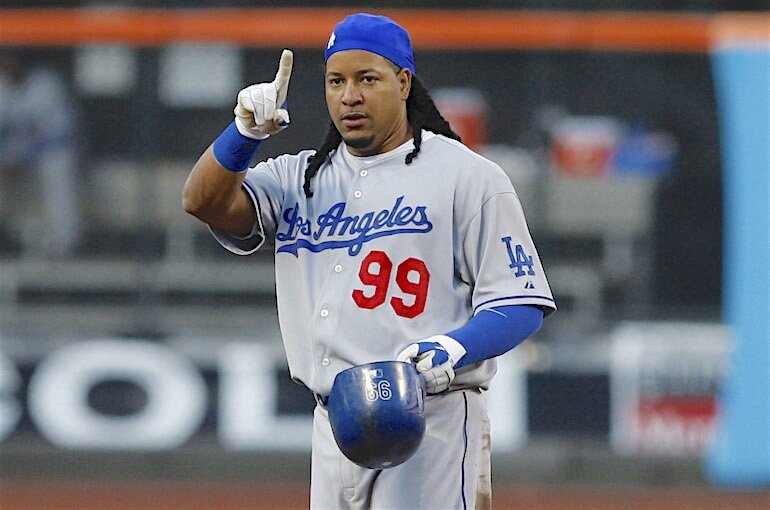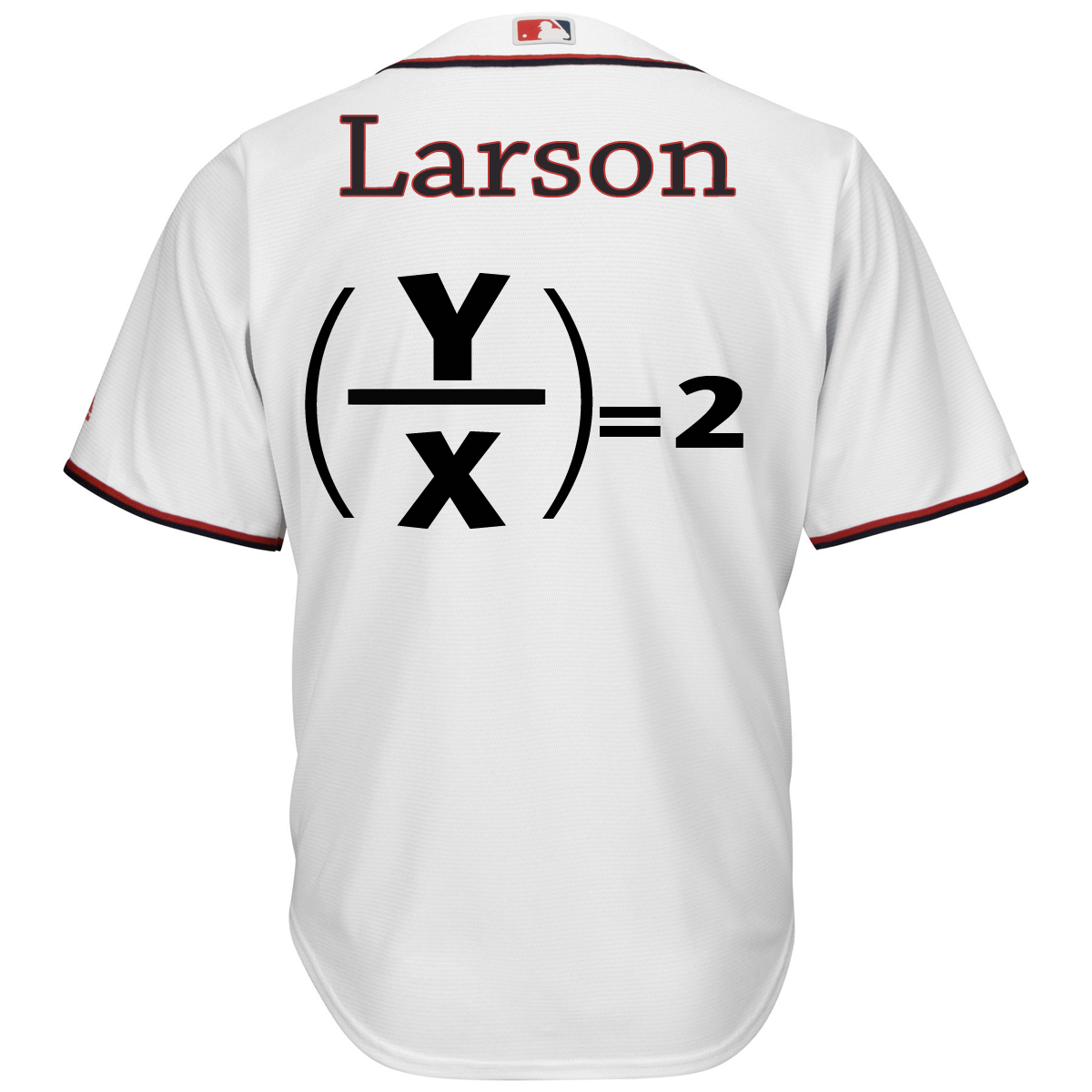The Best (and Worst) Baseball Jersey Numbers
In baseball, few things are more important than looking good.
You could make a solid argument for proper hygiene or fashionable hairstyles as the best place to start, but all that stuff requires constant upkeep.
The easiest and most effective way to look good on the field is choosing a good jersey number—you make one right choice and you’re set for years.
But what makes a great baseball number?
Is it simply our connotations with that number (is number 2 actually a good number or do we just think it is because of the players who’ve worn it?) or is there a more objective way of discerning the best baseball numbers?
Let’s start with the easiest part:
60 Through 99
In general, any numbers above 60 are for spring training guys—like minor leaguers and plumbers plucked out of the crowd—who have no chance of making the big squad for the regular season. This association with inexperienced players taints all of these numbers.
And yet I know that 88, for example, would make a decent jersey number. Only 12 Major Leaguers have ever worn 88, but it seems like a solid choice to me. It has this beautiful symmetry with the 8s, and if they were turned on their side, they’d make two infinity symbols. Kinda rad. Of course, it would take some amazing confidence to pull off this number—perhaps a zen-like veteran who’s only on the team to provide wisdom and the occasional shoulder massage.
But you go down to 87 and you’re back into “laugh-me-off-the-field” territory: this number has “spring training invitee” written all over it.
The High Symmetry Numbers
And the doubles thing doesn’t really work for 66 or 77. They don’t have the true symmetry. Baseball is a game of geometrical perfection and precision (60-feet six inches, for example). Put a mirror up between the two 8s in 88 and you see the same thing—it works. But put a mirror up between the 6s or the 7s and you’re left with random shapes.(Yes, it’s an arbitrary test, but you can’t even fail an arbitrary test when you’re that high of a number.)
99 doesn’t pass the mirror test either, but it could still work for the right kinda guy. You have to absolutely not give a fuck to wear 99—you gotta be a badass. Manny Ramirez is a great example of a model 99-wearer: 99 is for the guy whose career goes down in flames. It’s for the guy who overdoses on opioids. It’s for that dude who hits 35 home runs then gets caught making racist remarks to a fan.
69 and 70
69 is just immature. The guy who chooses 69 wishes he had the balls to choose 99.
70 is more reliable than you’d think. We can work with 70. This number is good for a veteran pitcher having a career renaissance or a manager who has a lot of good comebacks for the inevitable, “Is that your jersey number or your age?” jokes. (For example: “It’s your mom’s age when I finally stopped banging her.”)
Now, things get a bit more complicated the lower we get.
12, 24, and 48
48, for example. This shouldn’t be a good number. It’s quite high and only 1 Hall of Famer has worn it. However, as far as I’m concerned, this is a fucking solid number. Again, it’s high, but it’s got math on its side: if you double the first digit, 4, you get the second digit, 8. You can’t go wrong when you double the first digit to get the second one. In fact, let’s make an equation out of it.
If a two-digit jersey number has the individual digits X and Y, then a jersey that satisfies the following equation will be a solid, yet unspectacular jersey number:
(Y/X)=2
This equation yields 12, 24, and 48.
13, 26, and 39
You might be thinking, “But Greg, couldn’t you do the same thing with tripling the first digit? Does that mean they’re good jersey numbers too?”
Absolutely not!
For the tripling equation [(Y/X)=3] we’re left with three numbers that satisfy the formula: 13, 26, and 39. Now, I could see making a case for 26, but 13 and 39 are both terrible numbers.
6 and 9
Let’s get down to the lowest numbers.
Despite what some people might want you to think, not all low numbers are good. In fact, I find most low numbers to be quite lazy.
For example, if you choose 9, then I gotta wonder if you just couldn’t count any higher. Because 9 just doesn’t cut it. 6 already did that shape before you came along, 9, which means by the time we get to you, you’re little more than an upside-down 6. No thanks.
1
Choosing 1 is like telling the world you think you’re hot shit. Get over yourself.
2
And picking 2 just screams fake humility: “Oh, look at me. I didn’t choose number 1, but I still know God is on my side and I love my family #blessed.”
3
But 3? That’s a number that knows what it’s about. 3 knows its strengths, but is still humble enough to know its limitations too. This is a cream of the crop middle infielder right here.
8
8 on its own kind of sucks.
11
11 is good—nice and clean. Simple.
10
However, 10 is almost as arrogant as 1. Who do you think you are, Bo Derek? This is a pretty-boy number—the guy with the diamond earrings and gold chain. You’re supposed to look good on the field, but get a grip, meat.
In the end, I think the quality of certain jersey numbers is more than just their connotation with certain players. Aesthetically, some numbers are more slim, some are more robust. Some numbers work for certain types of players, some don’t.
Like a fatass first baseman wearing number 1 doesn’t make sense—you’re trying to do the baseball equivalent of wearing black to look more slimming. It’s not helping as much as you think it is. Get an 88 and own that shit, despite what they’ll say about it at spring training.



